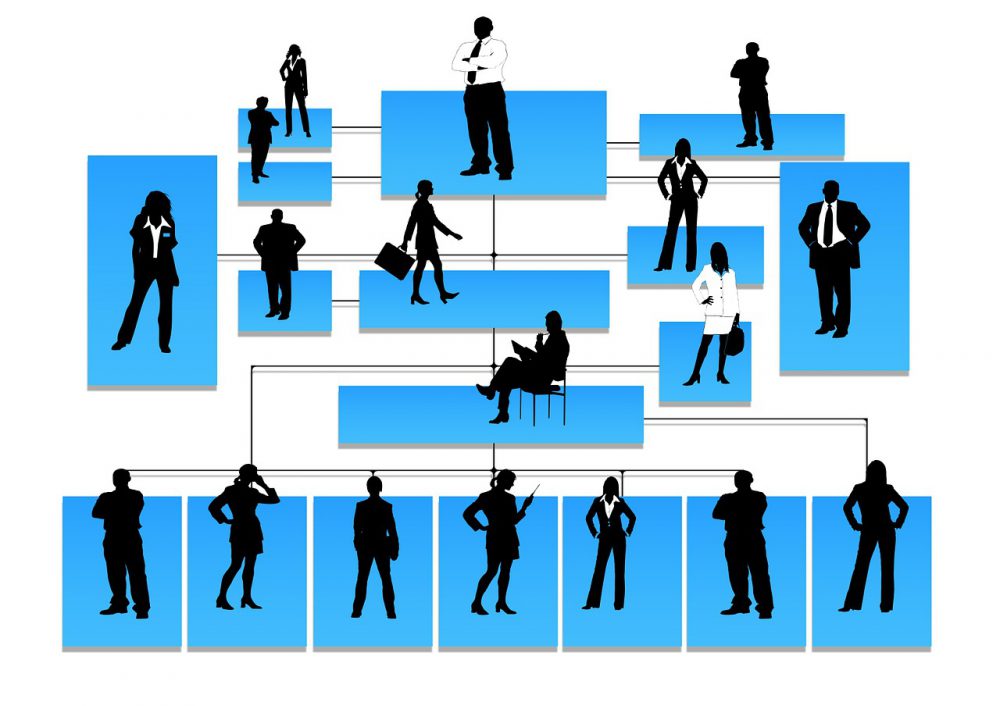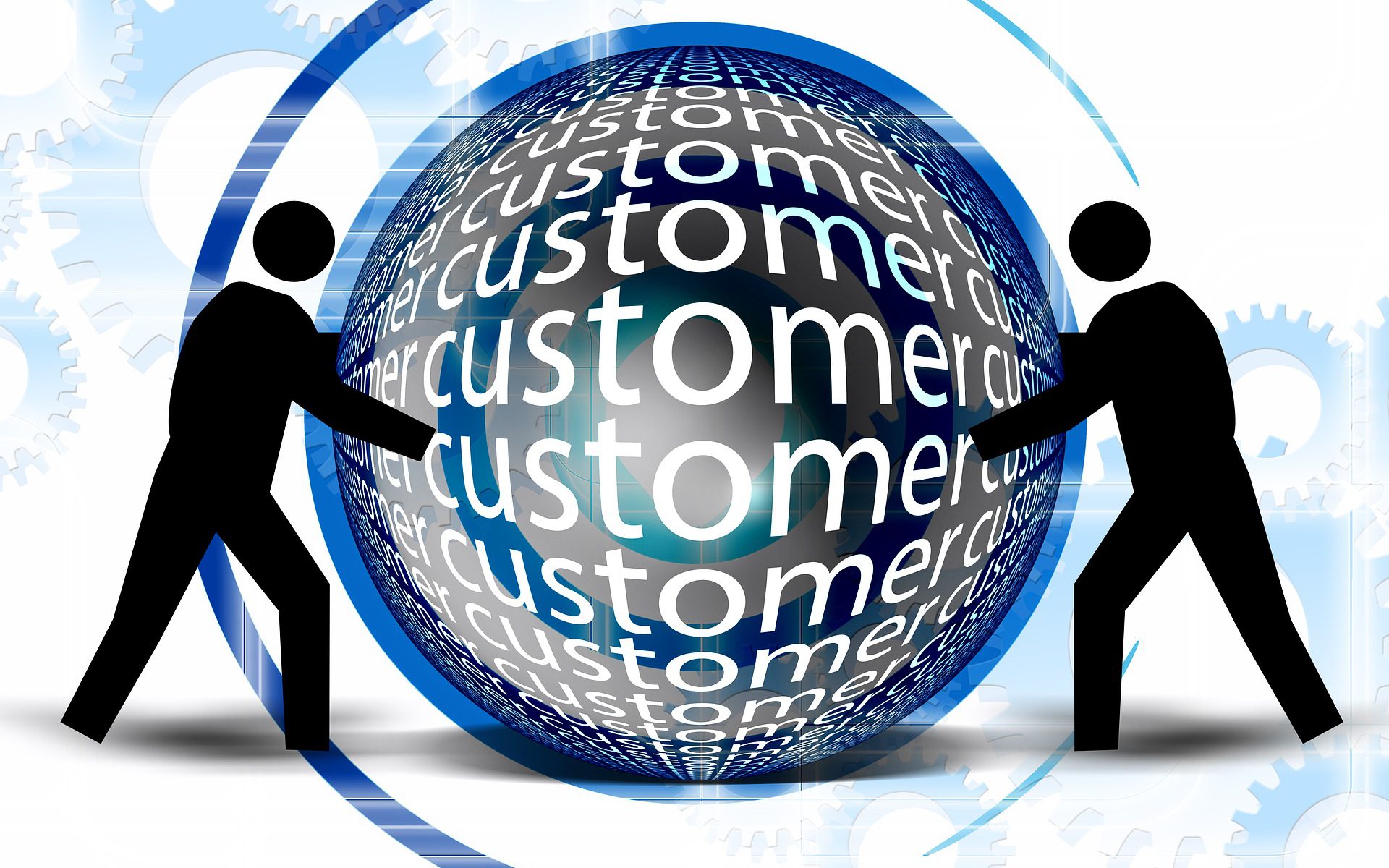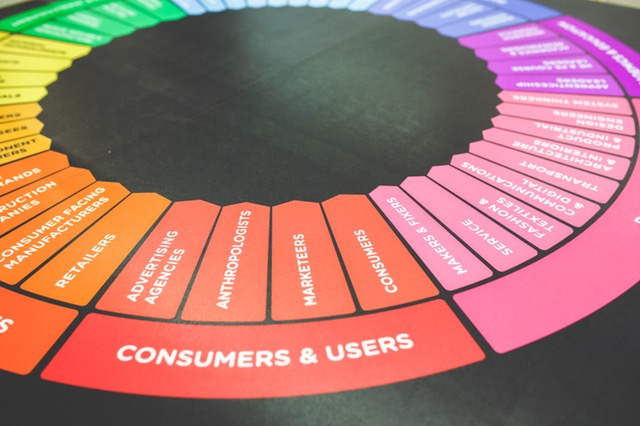Sales people are constantly under pressure to perform within the company’s standard. Attrition rate in the sales department is fairly high — as much as 50% a year in some companies.
Most of the time, they would resort to desperate measures in a last ditch effort to reach the monthly or weekly quota. But as we know these futile attempts made no difference other than making them look desperate.
Surviving this job requires persistent effort and a high degree of salesmanship acquired from years of experience and training.
What Persistence is Not
One of the roadblocks to becoming a successful salesperson is the lack of understanding of the customers and the sales process. In order to succeed in a highly competitive market, a salesperson should know the difference between persistence and pushing too far.
Here are some telltale signs that a salesperson has already crossed the line:
1. Salesperson does all the talking.
Sales people can become overly enthusiastic to the point where they start taking up most of the conversation. This usually puts customers on the defensive, especially if they don’t have any intention of buying the product. Some salespersons are not so conscious about it, but it’s actually off-putting to most customers.
2. Salesperson offers ‘solutions’ prematurely.
Businesses provide solutions to their customers’ ‘pain points’. If it’s something that has real value to the customer, it won’t be too hard to make the sale.
However, giving ‘unsolicited advice’ by offering a ‘solution’ too soon can be misconstrued as pushing the sale. Although not necessarily wrong, it would be much better if they would hear from the customers first before going any further.
3. Salesperson gets too ‘salesy’.
Nobody likes a pushy salesperson and people’s natural reaction is to back away if a sales person tries to tell the prospect what is good for them, even if the prospect wants what the salesperson is selling.
Be honest about your product or service and never over-promise — and definitely never lie. A salesperson needs to lead the prospect to water, not try to drown them.
4. Offer discounts too soon.
If not done correctly, offering discounts right off the bat can actually send a different message to the customers. It could mean one of two things — it’s cheap quality, or it’s previously overpriced.
Either way, customers will have a negative impression about the offer, especially those who prefer quality and value over price savings.
5. Criticize others.
Badmouthing other companies betrays a lack of confidence and could undermine the company’s reputation. However, it doesn’t mean sales people couldn’t give their honest opinion about a certain product or service. They just have to put it in context and not use it to promote their own.
Lead Them in — Don’t Push!
The notion of smooth-talking salesman has long been gone. It’s no longer just about the personality or creating a good first impression.
We now live in an era where customers make buying decisions based on facts and not just on some 30-second TV, or YouTube commercial. Hence, we don’t expect customers to just pour in or take the bait right then and there.
We need to cultivate their minds and educate them about the benefits of using our products or services instead of shoving them down their throats.
Converting leads to buying customers doesn’t have to be that hard, if we only take time to nurture them. There are 3 ways you can accomplish this:
- Know your customers better. Contacting each potential customer at random will only lead to frustration. You need a tool that allows you to keep in touch with all your contacts and be able to sort them out in the most efficient way. CRM applications like Small Business Dream can make this all possible with less effort.
. - Follow-up your leads. Your initial contact with your customers can give away some clues about the things that they like or are interested in. Have them fill up a quick survey and ask some basic information, or you can invite them to your mailing list for a weekly or monthly newsletter to learn more about the benefits of using your product or service.
. - Be patient. Unless you’re very lucky, you won’t get the sale on the very first engagement. On average, it takes around 4 to 7 engagements before a deal is made. So be patient and wait for the right opportunity. You don’t want to annoy your prospect with your incessant calls or reminders about the offer. But if your leads are already ripe for the picking, by all means get to them and close the deal as soon as possible.
Being a salesperson doesn’t have to be too difficult with today’s latest innovation in sales and marketing. Small Business Dream simplifies the work for you, so you won’t have to sweat it out just to get things done.
Visit us at www.smallbizdream.com to learn more about our suite of tools which include sales funnel, survey engine, email autoresponders and more.





